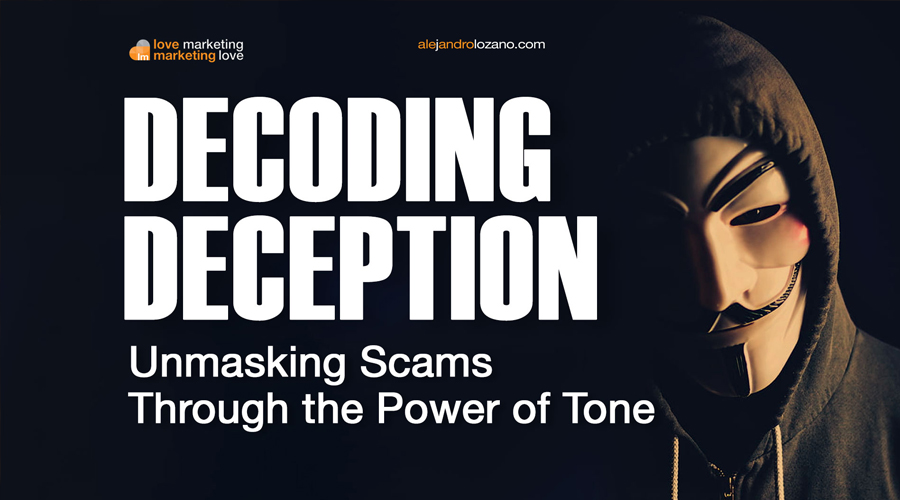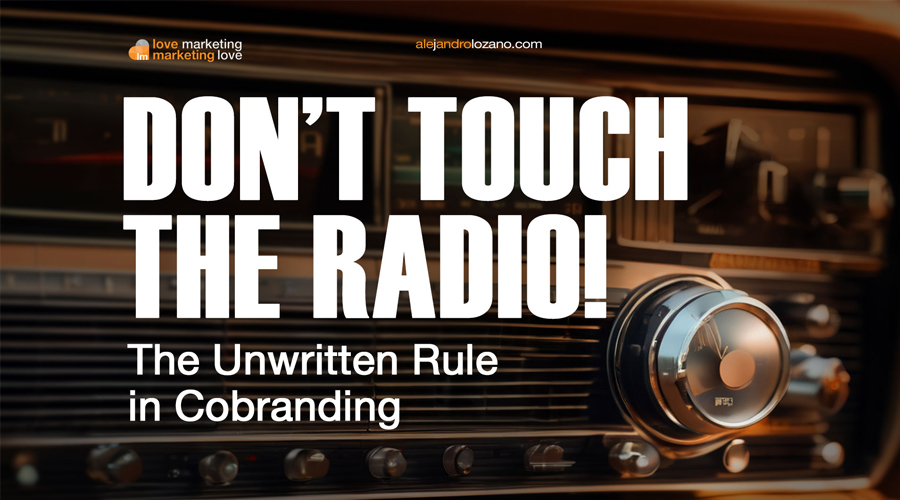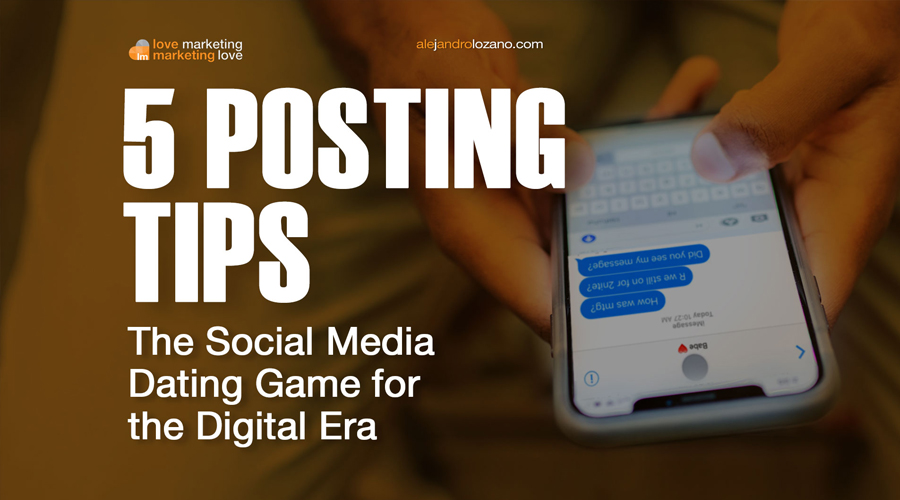Decoding Deception: Unmasking Scams Through the Power of Tone
Like many of us, I've had my share of encounters with scams, and boy, were they quite the adventures! From a clever email allegedly from a buddy stranded in London and in desperate need of $700, to a more sophisticated text message from a hacked friend requesting a financial favor. Both incidents, though different, shared a common thread: tone of voice.
In branding, just as in friendships, the way a message is delivered can reveal authenticity or raise suspicions. Reflecting on the first scam over a decade ago taught me the importance of questioning the tone. While the email seemed plausible (it came from his actual email account and used real information about my friend and myself), the odd responses and evasiveness triggered my skepticism. Fortunately, a quick phone call to my friend exposed the scam, averting a potential financial loss. Side note: When I called the police to report them, nothing could be done because I hadn’t transferred any money, so technically no crime was committed. Hmm…I was even tempted to transfer $1.
Fast-forward to the second scam, where a hacker impersonated another friend via text message. Despite the scammer knowing some details about my friend that made the scam convincing at first blush, the tone of the conversation just felt off. The scammer’s questions, grammar, and vocabulary didn't align with my friend's usual style. The sure giveaway, though: an urgent request for money, of course.
Tone is everything. It's the invisible thread that weaves through every authentic connection, distinguishing a successful interaction from a potential disaster.
Taking cues from my previous experience, I decided to have some fun. Playing along, I created a soap opera-worthy narrative, complete with fake drama related to her supposed financial request. The scammer bought my storyline, and I began to wonder if I'd missed my calling as a writer for a telenovela.
As I mused about my newly discovered talent, it dawned on me: businesses, too, must master the art of tone in their communication. Even though, in neither case was there an actual voice (after all, this is the age of deepfakes and AI voices), there was an issue with the tone of voice. A misaligned or inconsistent tone can create a dissonance that turns customers away. Authenticity is the key—just as in genuine friendships. Brands that speak with a consistent and genuine voice resonate better with their audience.
During a recent presentation to my colleagues about the tone of voice of the company’s brand, I emphasized the need for a unique and recognizable voice, similar to the way we recognize a loved one on the other end of the line when we have new phone without the contacts labeled. Having a writing style, a glossary, and boilerplates readily available ensures that every interaction reflects the brand's distinct personality. This makes the difference between a mundane conversation and a memorable one. So, whether it's spotting a scam or building brand loyalty, tone is everything. It's the invisible thread that weaves through every authentic connection, distinguishing a successful interaction from a potential disaster.
Have you ever encountered a suspicious message that set off your scam detector or a brand that didn’t speak the way you’re used to? What gave it away? Share your tone of voice insights.







